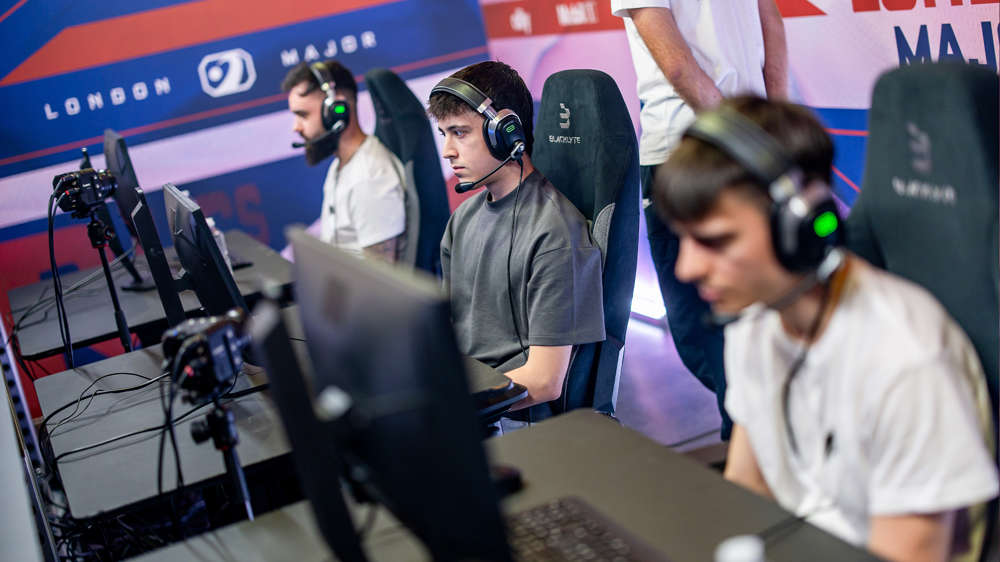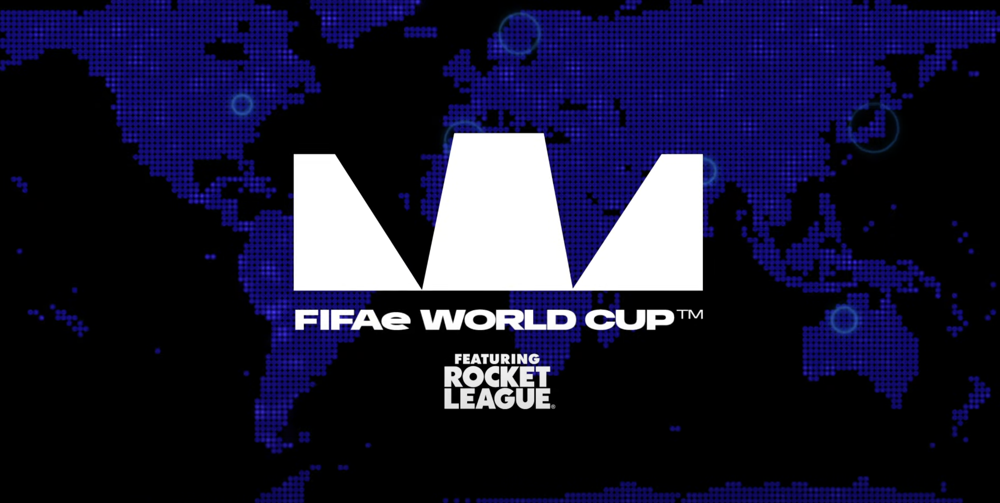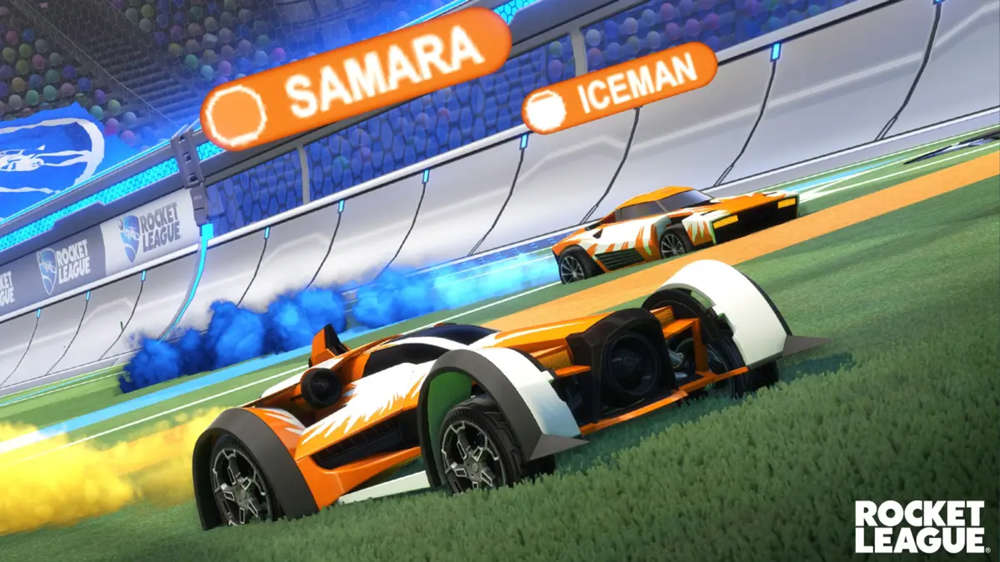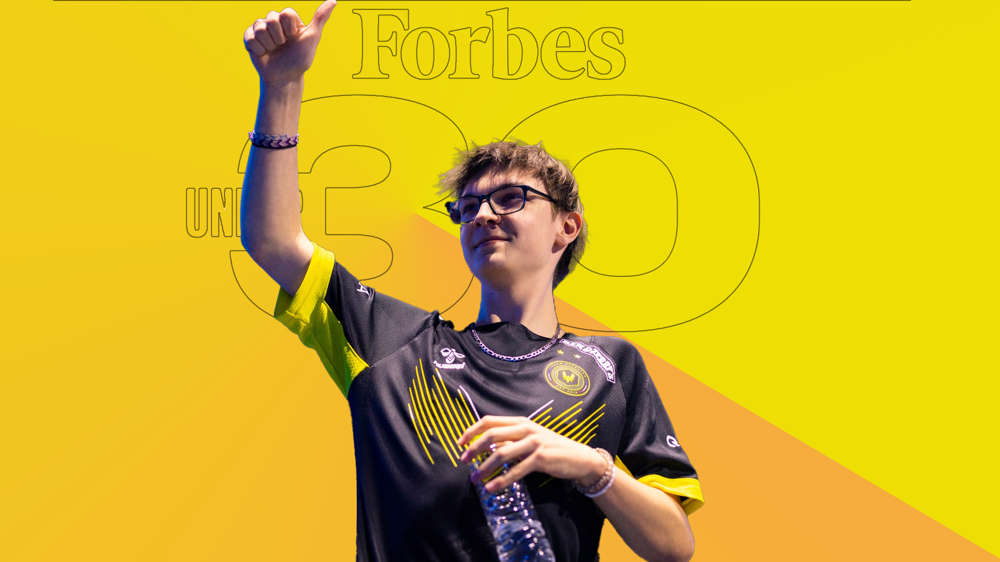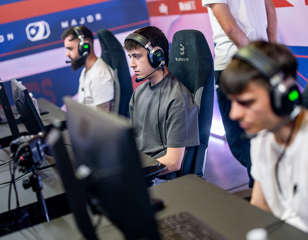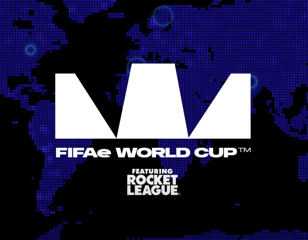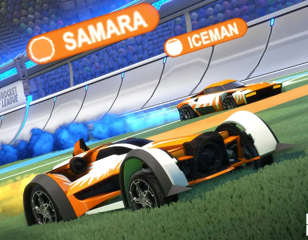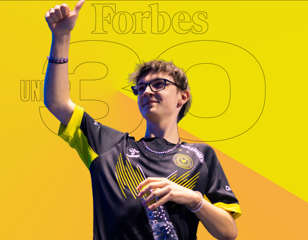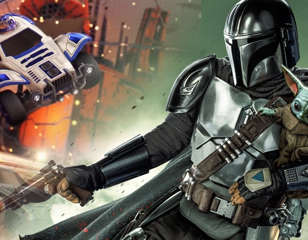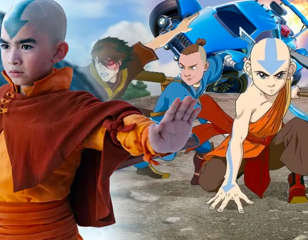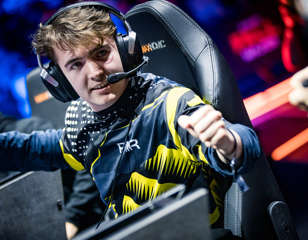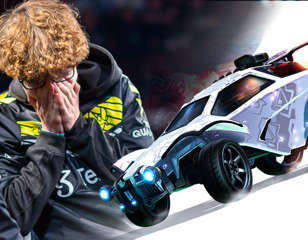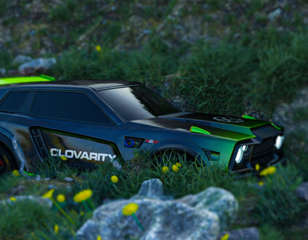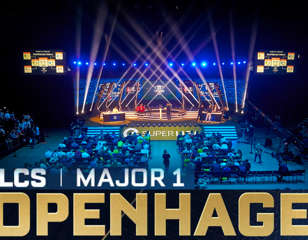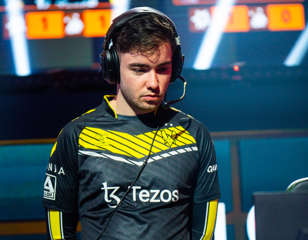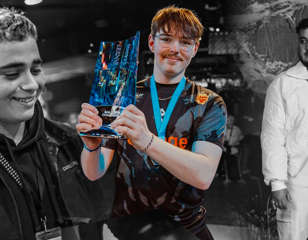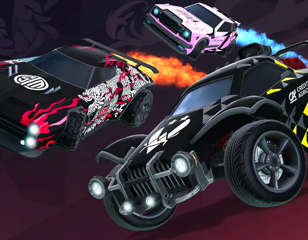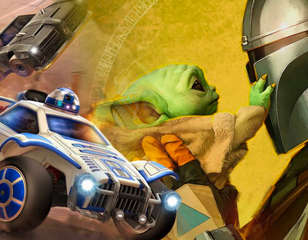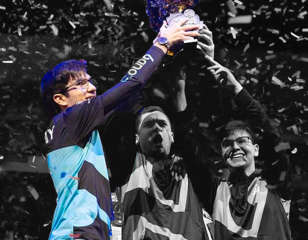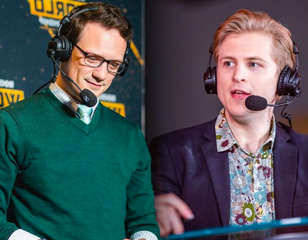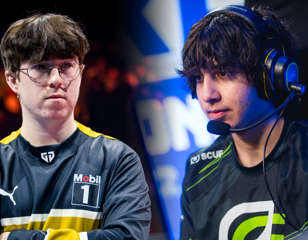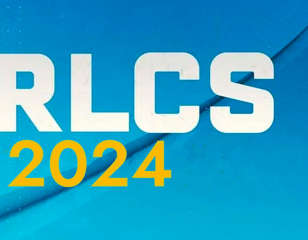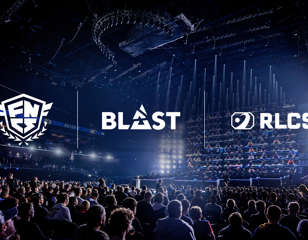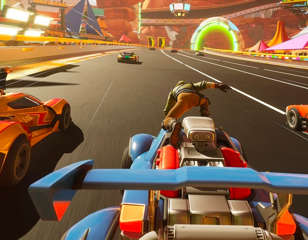How Custom Overlays Became The Biggest Talking Point Of The Community Takeover
We spoke to several of the key figures behind Rocket League's innovative new overlays.

Ben Hurst
24th Jul 2020 18:30
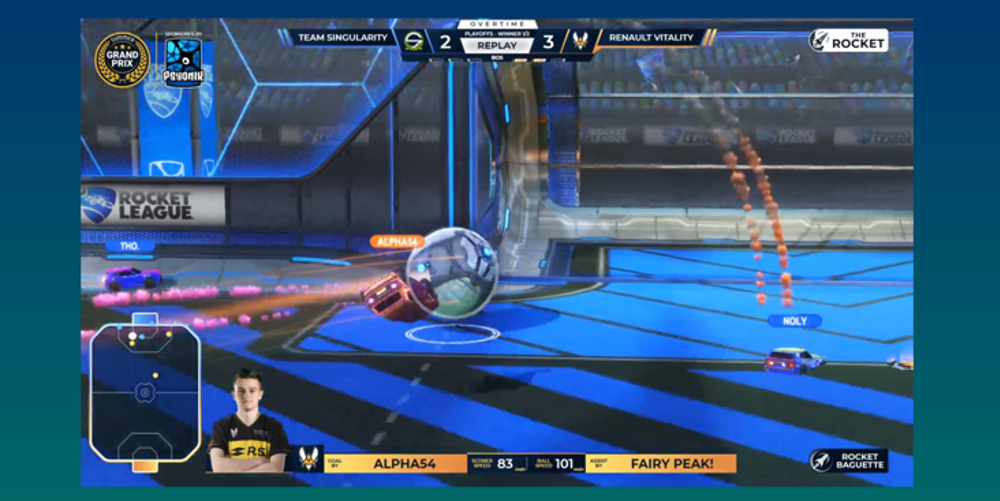
The Rocket League Esports scene certainly hasn’t been lacking in events recently. Thanks to Johnnyboi_i’s Fusion and the two-month-long Community Takeover, we’ve had high-level Rocket League just about every single weekend for the past two months. However, the gameplay wasn’t the only thing being lauded throughout that period. Through the use of BakkesMod, custom overlays have burst into the limelight thanks to their effective use in a number of events. So how did this come to be? We spoke to some of the driving forces behind these overlays to work out just that.
The majority of the custom overlays seen in this period are made using a BakkesMod plugin called SOS. Developed by SimpleAOB and CinderBlock, it’s certainly had a rocky road. According to SimpleAOB, “the predecessor to SOS was started about 2 years ago at this point by CinderBlock.” Unfortunately, that project flopped and was shelved. “Roughly 9 months later, I got the urge to try and bring that project back.” But this time, changes were made to make the plugin easier to use for TOs. This newfound simplicity “allowed the plugin to be easily adoptable by many organisations wanting to spice up their broadcast HUDs and give their viewers a unique experience.”
Whilst this was all going on, DanMB was working on a custom overlay of his own. Initially designed for SubParButInHD’s TRRLCS, the overlay was then refined for Cole and Stumpy’s broadcast of the Fusion qualifiers. To put it simply, Dan’s overlay was groundbreaking. His idea was “to fully replace the in-game UI (inspired by CS:GO) and allow for a completely custom player card and scorebug, to add in new points of data and to add more advanced stats”. The community’s response was incredibly positive - and Psyonix took note. CinderBlock and SimpleAOB were still waiting for Psyonix to give them express permission to carry on with the project whereas the SubPar overlay went for an “ask for forgiveness, not for permission” approach. After the community’s overwhelmingly positive response to Dan’s efforts, they were able to move forward with the project, now using Dan’s code “with the goal of having one single system for people to use for custom overlays”.
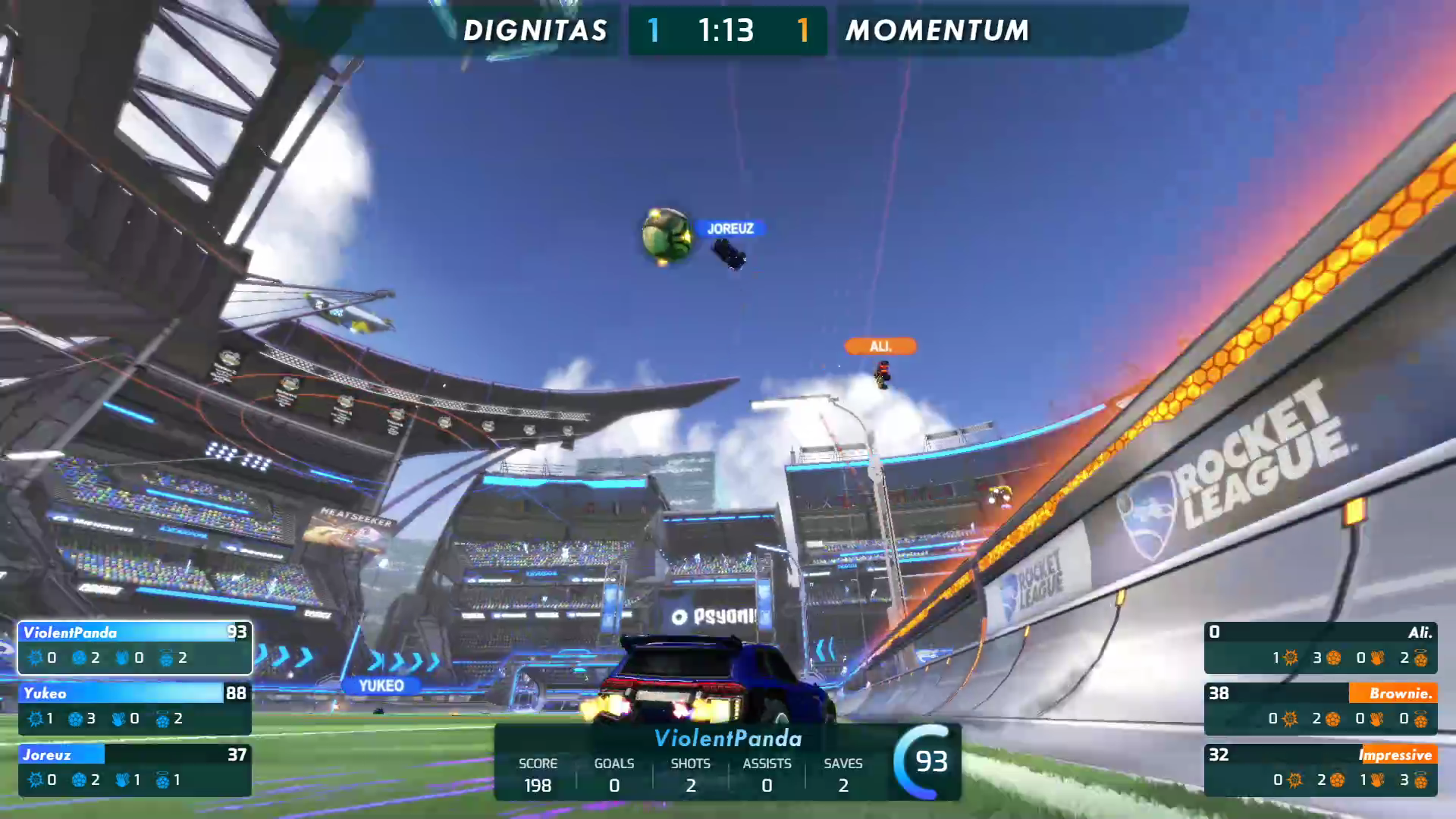
Unfortunately, the SubPar overlay was also the point at which a major issue with custom overlays would surface. As the positioning of the elements of Rocket League’s spectator UI have remained largely unchanged since the game released, many quickly noticed that they would immediately look to the bottom right of the screen to find the currently-spectated player’s boost count. Since the stat/boost bars were in the bottom corners of the screen, the current player’s boost count was moved inward. For this particular implementation, many who have watched a lot of CS:GO in the past weren’t bothered by this change due to the layout’s similarity to Counter-Strike’s spectator UI. Nevertheless, it was certainly a warning sign that things wouldn’t be simple.
The first tournament in the Community Takeover to utilise SOS was Codename: COVERT. Dazerin’s event opted to redesign the existing Rocket League UI without adding any extra information, creating a spectator experience that was completely unique to the tournament. COVERT’s overlay also decided to move the current player’s boost count. This time around, the count was turned from a circle into a rectangle and placed directly underneath the stat box. Although many praised its design and use of the SOS plugin, it ran into the same placement issues as the SubPar overlay. The boost count’s movement to the bottom left was a controversial one, but it helped the overlay as a whole to look incredibly clean. Overall, whilst it may have encountered a couple of minor hurdles, Codename: COVERT’s custom overlay was an important leap and showed off the capabilities of the SOS plugin.
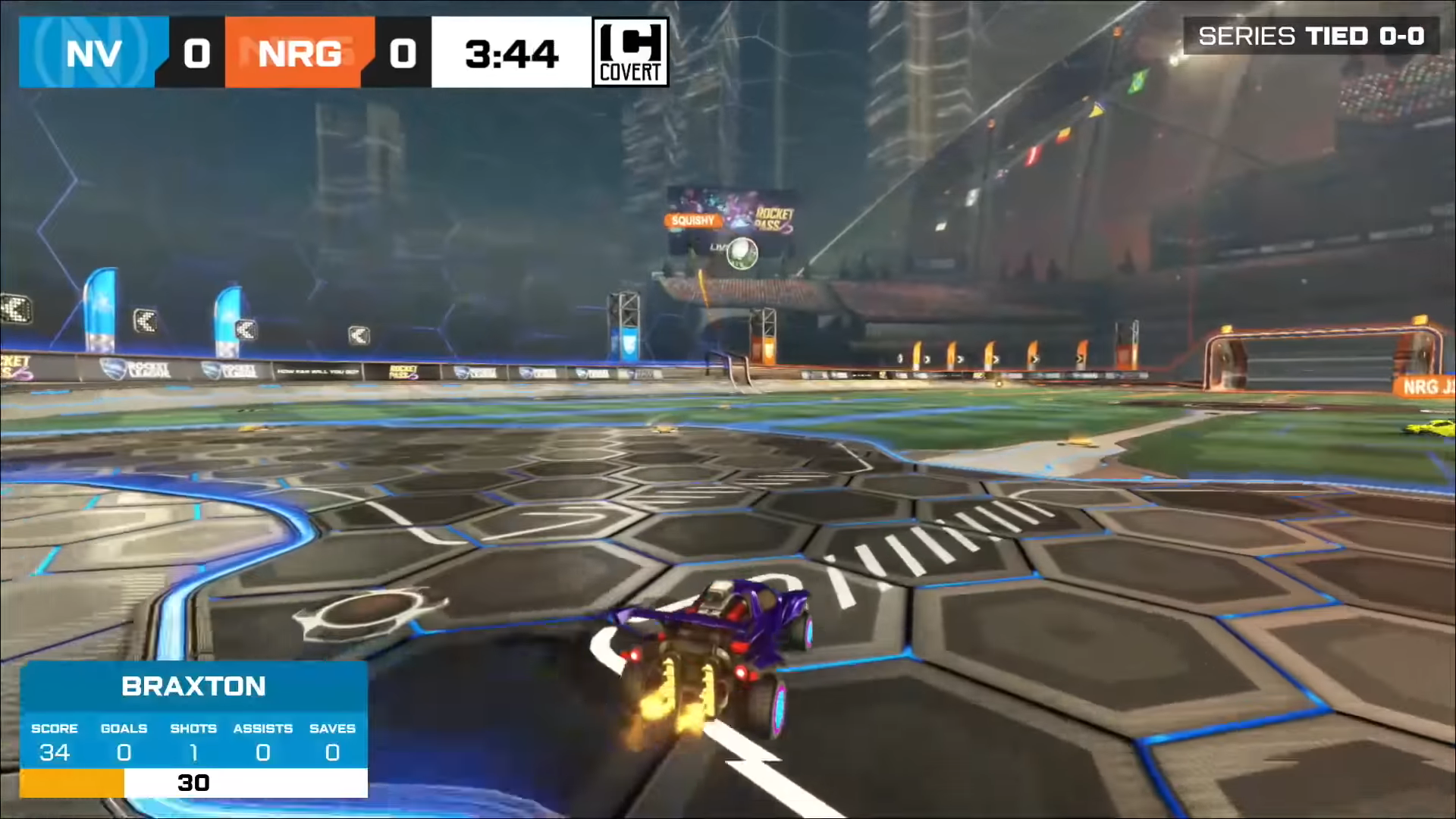
The next tournament to use SOS wasn’t actually a part of the Community Takeover, as it came during Gold Rush Revival. Gold Rush’s overlay combined elements of both SubPar and COVERT’s overlays by utilising CS:GO-style bars in the bottom corners whilst also pushing the score and timer to the top left. This time around, even more information was added as previous game scores were placed alongside the current game’s score. The use of boost bars differed from SubPar’s implementation by not having information on the currently-spectated player in the middle of the screen. Instead, each player would only have their boost amount visible, with the current player’s bar expanding to reveal more stats. Personally, I loved what the Gold Rush team did with the boost bars, although many (including myself) felt that making every game’s score the same size as the current game made it hard to distinguish between the two.
Following Gold Rush and COVERT was APL Esports’ The Kickoff. As part of APL’s team, I was able to help choose the direction we went in for our overlay (and am also able to be incredibly unbiased!). Having seen the overlays that had been implemented so far (as well as Rocket Baguette’s minimal boost bars during their Superstar League finals), we decided to go in a different direction. Rather than completely redesign Rocket League’s existing UI, we simply added boost bars on top of it. Such a design, whilst not really being all that unique to The Kickoff itself, proved to be incredibly popular. By making sure that the boost bars were as small and out of the way as possible, but also being near the other statistical portions of the screen, it made keeping track of a team’s boost count simple and prevented it from distracting from the gameplay. One smaller advantage of our overlay was also that, should they stop functioning for whatever reason during a game, the boost bars would be the only thing to disappear, leaving the viewer with a traditional Rocket League broadcast overlay. Whilst it may lack the sheer scale of the other overlays, The Kickoff’s overlay showed off what minimal additions to an already-clean overlay could look like.
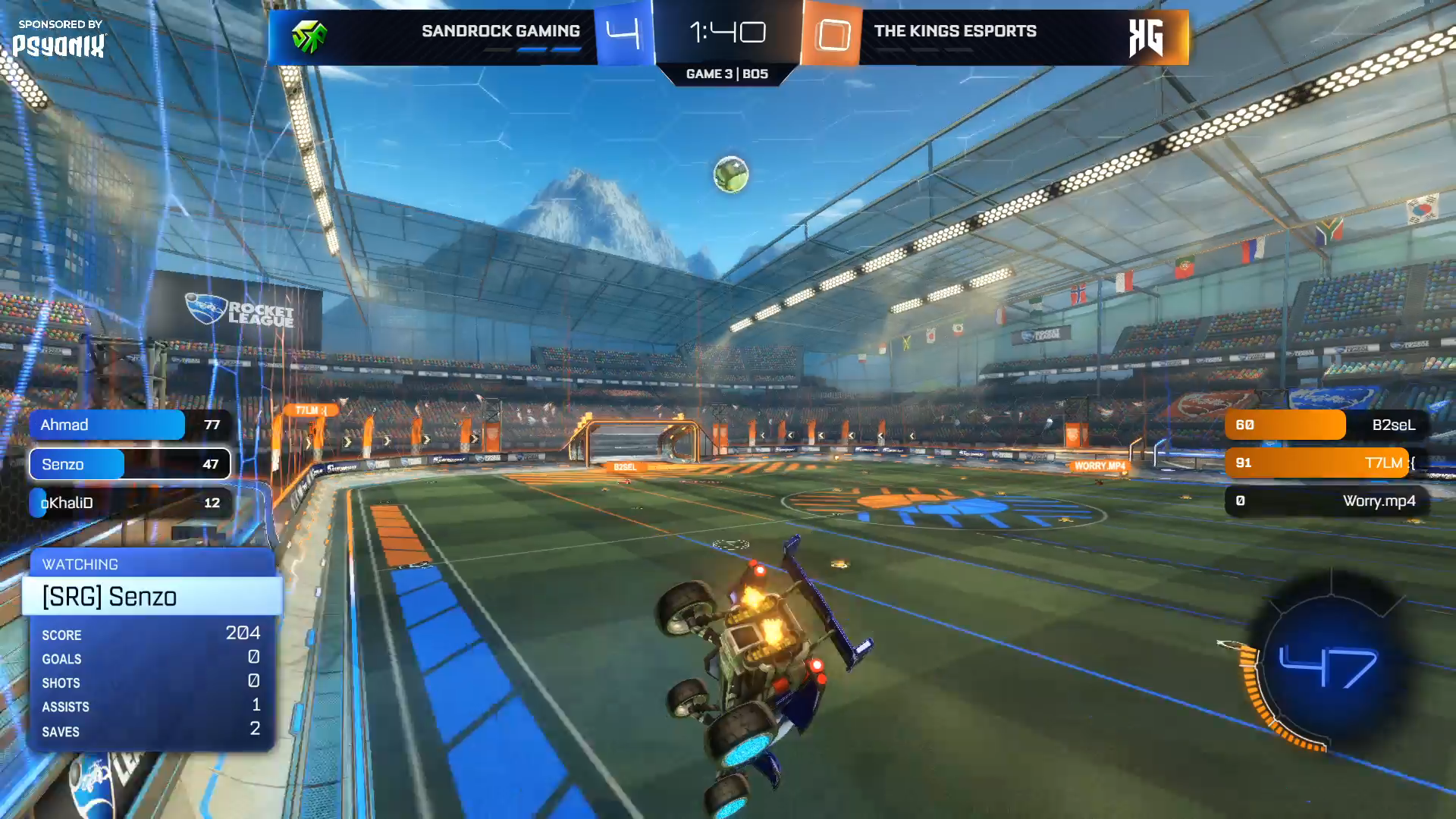
Finally, there was Rocket Baguette’s Summer Grand Prix. If we went for a minimal overlay, they went for the complete maximum. The Grand Prix’s overlay was filled to the brim with information on top of some brilliant design work. Rocket Baguette’s Boyan said that “while SubPar showed the first totally reworked overlay, it was Codename: COVERT that made me realize that it was technically possible to completely rebrand the interface.”
Adding extra stats to their broadcasts was something that Rurriik and Eskimon (RB’s developers) had been pushing for since many months prior, but it was the creation of SOS that finally brought the idea to fruition. “As Rocket Baguette covers a lot of content, it is very important that we keep things simple for our broadcasters,” Boyan noted, explaining that SOS “was the perfect solution” as it “enabled automation of custom display according to any in-game events. There is nothing for the broadcaster to do while a series is on. Even wipe transitions are triggered automatically."
This is pretty much a revolution.
Just a few tweaks were needed for the final overlay to become a reality.
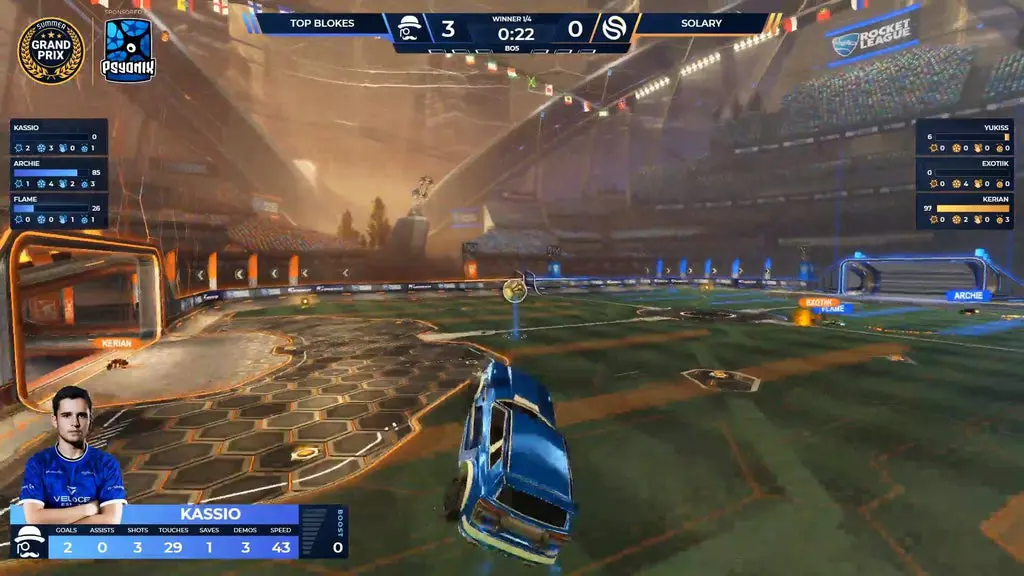
One screen that the Grand Prix overlay truly revolutionised was the post-game scoreboard. Rocket League’s default scoreboard contains five stats per player, but the Summer Grand Prix’s was truly a sight to behold. Containing nine stats per player (including some oddball picks like average speed and time in the air) and an additional three team stats, it gave the casters a far greater range of talking points in the minute-long break between each game. Boyan expanded on this, mentioning that “the casters will have a role to play in using this data to make the viewers realise how important they are.” Changes were even made to the Grand Prix overlay during the event. In just one day the RB team was able to take on feedback from the event’s first day and implement them for the second, including smaller player pictures.
One particularly polarising design choice was having the current player’s stats swap sides depending on that player’s team. It’s easy to see why they did this, having the stats on the same side as that player’s team definitely looks better when looking at a screenshot, but it certainly took some getting used to seeing the stat bar swap sides without any warning (on top of the boost count not being in the bottom right). Despite that, of all the overlays seen during the Community Takeover Rocket Baguette’s was by far the most. Even though some of the additions may not have been the most useful (Boyan even pointed out that “no, the speed of the car that scored the goal was not totally necessary”) and the overlay may have been overwhelming for new viewers thanks to the huge amount of information on-screen (including the minimap featured in replays), the Summer Grand Prix overlay was an incredible leap forward and showed off a lot of what the SOS plugin is capable of when pushed to its limits.
Although not all of them were as complex as RB’s, something that every team went through when they were designing their overlays was testing. Rocket Baguette’s team “spent hours watching bots with Kaydop’s face playing some very poor Rocket League.” As funny as it sounds, it’s certainly not the most enjoyable part of creating a system like this! The amount of work that was put into all of these overlays certainly can’t be underestimated and as we move into the future the possibilities seem endless. SimpleAOB pointed out that “it’s tough to say what’s coming because we’re still in the ‘throw stuff on the screen and see how the audience reacts’ stage.”
When you look at an esport like Counter-Strike, it seems like every TO has their own overlay that they use during their events. As we move into Rocket League’s free-to-play future, it looks like that’s starting to become the standard in Psyonix’s esport scene too. With these advancements, the new RLCS format and a potential influx of new players over the rest of the summer, it’s an exciting time to be an RL Esports fan.
Images via Rocket Baguette | SubParButInHD | Dazerin | APL Esports

About The Author
Ben Hurst
